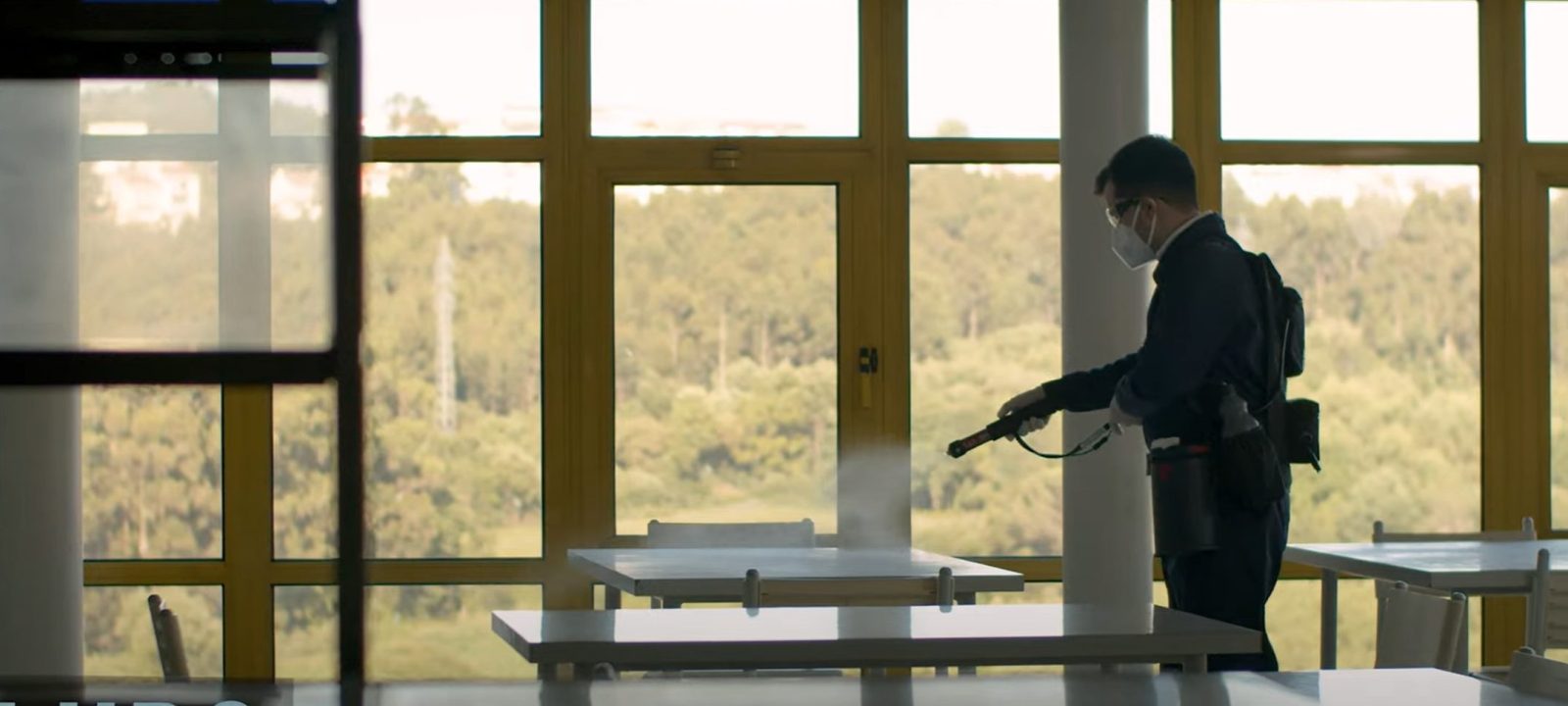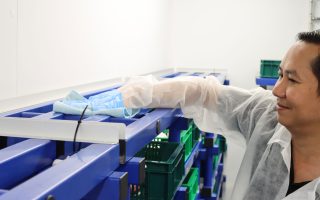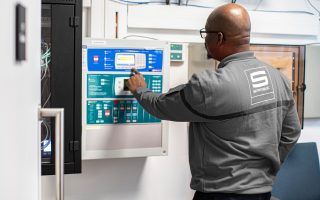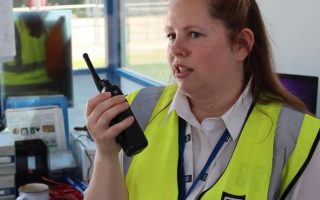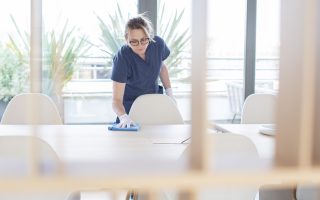Given the sheer volume of students and teachers sharing the same classrooms for hours each day, often also sharing equipment and stationery, it’s no surprise that schools can act as the ideal breeding ground for bugs and viruses.
In fact, the spread of illnesses is one of the most prominent health and safety hazards in school settings worldwide – the number of persistent absentees has risen from 10.8% to 12.1% since the COVID-19 pandemic.
With this in mind, it’s crucial that those behind the operation of any educational setting prioritise maintaining a clean and sanitary environment, efficient school disinfection processes being a very important element of this.
Read on for our guide to the best practices for school disinfection.
Know the difference between cleaning, disinfecting and sanitising
Cleaning, disinfecting and sanitising are all different elements of the cleaning process, yet they each hold plenty of importance. You should always familiarise yourself with the differences between the three to ensure that you aren’t skipping any of these vital steps.
Cleaning
This is the step that sees germs and dirt physically removed from objects and surfaces, generally using a soap or detergent product with water. This part of the process doesn’t necessarily kill germs but, if done properly, reduces the volume of germs on the surface.
This not only makes the school disinfection process easier but, in turn, lowers the risk of spreading of infection.
Disinfecting
This is the part of the process in which any germs left on a clean surface are killed and the part of the process that we’ll be looking at in more depth within this post.
It’s a vital step towards reducing the spread of infections and illnesses in schools.
Sanitising
Sanitising works to lower the number of germs on an object or surface to a level considered safe by public health standards.
This is an important last step in the cleaning process and sanitizing schools should be carried out regularly – even in between cleans – to keep on top of the development of new germs and bacteria.
Select the correct products
Ensure that the products you are using to disinfect surfaces and objects within the school comply with laws on which cleaning products are approved for use in school disinfection.
Different disinfectant products vary in contact time, method of application and the chemicals found within, so it’s important to know which disinfectant products are most suited to the school environment. Ensure all staff are trained on how to use different products safely and effectively.
Ideally, you should select commercially prepared products that effectively kill at least 99.9% of germs and has a short recommended contact time – no more than 15 minutes, if possible. You should also select a disinfectant that is unlikely to irritate the eyes, skin or respiratory tracts of pupils and does not have a strong odour.
Disinfect hotspots often
With so many students and teachers touching the objects and surfaces within a school building so many times during the day, it’s important to keep on top of school disinfection with such surfaces and items – known as hotspots due to their ability to accelerate the growth of germs and bacteria – as often as possible.
Door handles, shared stationery, whiteboards, tables, etc. should be thoroughly disinfected at least twice a day – during the lunchtime break and after the school day finishes are two ideal times to do this.
It is advised that you create a schedule outlining the times that cleaning and disinfecting will take place. This will help you to keep on top of the cleaning and give germs and bacteria less time to grow.
Slowing the spread of illness should always be one of the most important goals for those practicing good health and safety at school. Disinfecting thoroughly and regularly can contribute a great deal to doing this successfully.
Pay special attention to washrooms
Communal washrooms are a hotbed of germs and bacteria, so it’s crucial that a school’s communal washrooms are regularly cleaned, disinfected and sanitised thoroughly.
An increasingly popular way to do this is by fogging, a method of disinfection in which your chosen disinfectant product is sprayed into the room using a machine. This fills the room with a fine fog of the disinfectant, hence the name.
Fogging makes the process of disinfecting areas quick yet effective, making it an ideal solution for areas such as communal washrooms, where germs spread rapidly.
However, whilst this method certainly works to vastly reduce the number of germs in a space, further disinfecting is always recommended for vertical surfaces, downward facing horizontal surfaces or for the areas which see the most hand-to-surface contact.
Hire a professional cleaning team
Ensuring the highest standards of cleanliness and hygiene at any kind of school is no small feat, so it’s important that your cleaning team is up to the challenge.
Those assigned the job of cleaning your school should be well-versed in the different products, equipment and techniques needed when effectively cleaning, sanitising and disinfecting schools, as well as being able to carry out a thorough deep clean at the end of each and every school day.
Samsic UK delivers trusted efficient contract cleaning services to clients in a wide range of industries, including education, retail, industrial, public sector, healthcare, pharmaceuticals and more.
Our company is fully responsive to the needs of each customer. We are available to schools and colleges across the UK and deliver cleaning staff who will work to the most exacting standards. We also offer services in facilities management, reception and security, all of which play a significant role in the operation of educational institutions.
For more information on any Samsic UK services, make a request for quotation today.


